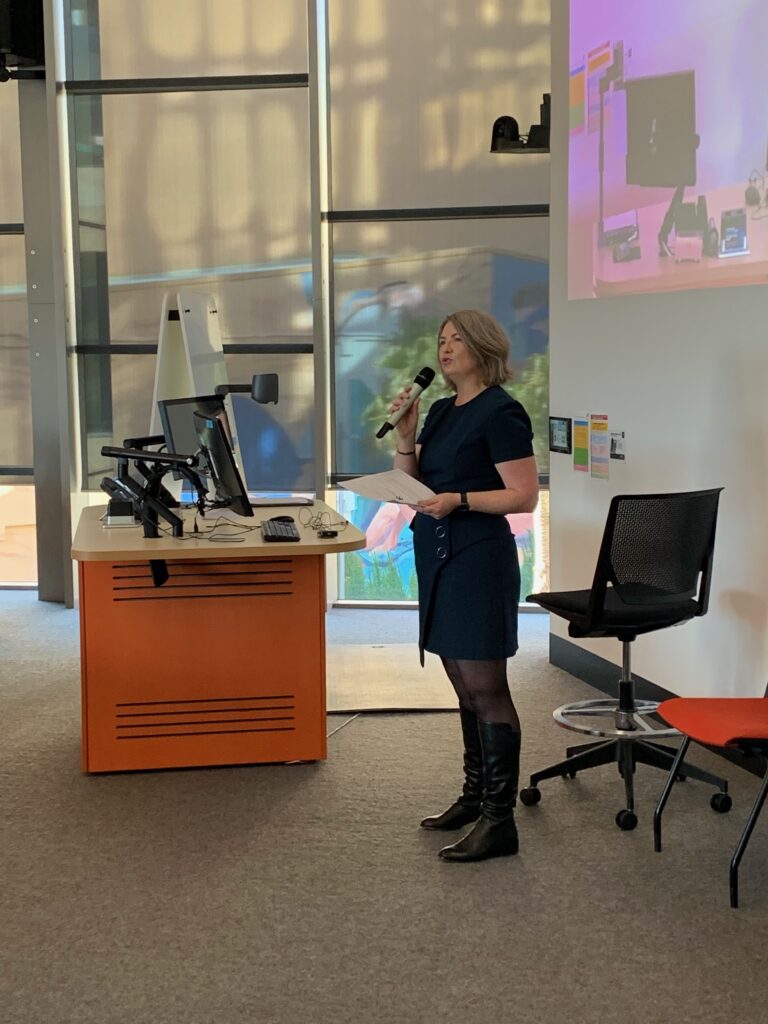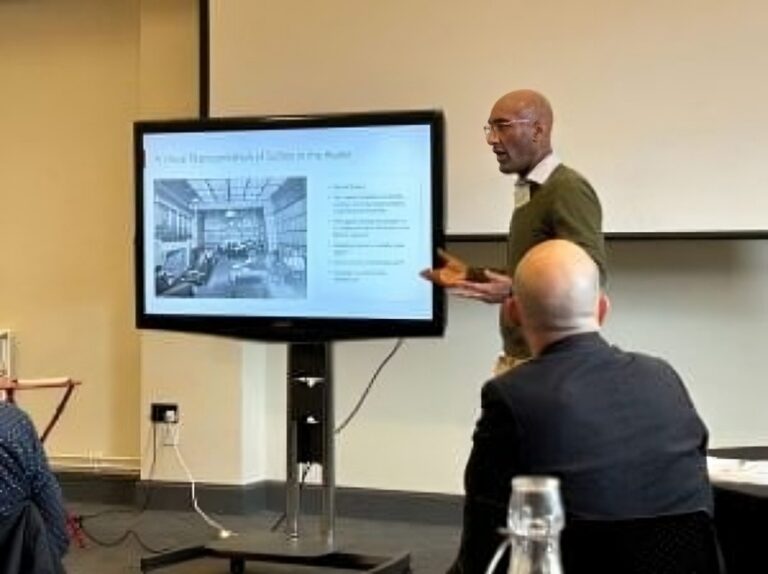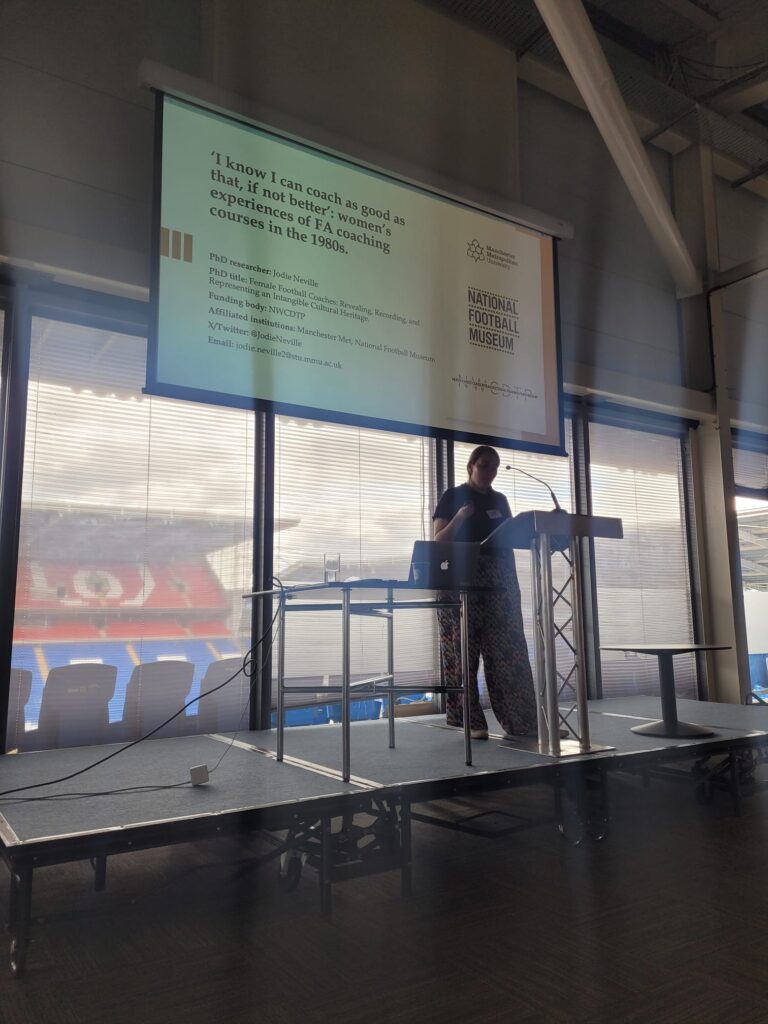Coming Out Collectively: Stern, 1978
This is a re-post of a blog originally published on the History | Sexuality | Law blog, from 2021.
‘We are gay’. With these words, 682 men revealed their homosexuality to the estimated 18 million readers of Stern in October 1978, in the West German gay movement’s most visible public action of the decade. That there was not a single lesbian among them is symptomatic of the largely separate paths taken by gay male and lesbian activism in the 1970s, although the Stern front cover special does also reveal the threads of inspiration that connected various social movements. This queer intervention in the West German public sphere would scarcely have been imaginable without the foundations paved by feminists in 1971, when 374 women declared on the front cover of the same magazine that they had had an abortion.

The media
By 1978, the gay movement had reached a certain traction in the mainstream media, the result not least of years of tenacious activism, following the liberalisation of Paragraph 175 in 1969. Indeed, that long-awaited reform to the law penalising male homosexuality had been met with another front cover special, this time in Der Spiegel. Until 1969, the Federal Republic had enforced the 1935 Nazi version of Paragraph 175, leading to more than 25,000 convictions in the 1960s alone.[1]
Dagmar Herzog has argued that the Stern special in 1978 marked the moment ‘when the mainstream media (albeit still with considerable ambivalence) officially aligned itself with the demands of gay rights activists’.[2] It is important to keep that considerable ambivalence in mind. The text introducing the alphabetical list of all 682 gay men read ‘We’ve had enough of the game of hide and seek! (Versteckspiel) We are homosexual and enjoy being so!’ This foregrounding of queer pleasure was at odds with the general tone of the accompanying article (written by journalist Niels Kummer), which foregrounded discrimination, suffering, and suicide. Although these same themes can also be observed in articles in the gay press, it is clear that Stern found it easier to talk about the marginalized and oppressed rather than the happy and fulfilled homosexual. This representation was twinned with a typical reproach to militant activism, with the cover story mentioning the founding of various gay action groups, but describing their impact as limited to ‘absurd agitprop or crazy provocations’. Stern neglected to mention the role of those gay groups, especially the Homosexual Action Hamburg, in recruiting many of the 682 men to take part in the first place.
Ambivalence
Responding to the collective coming out in the next issue, Oskar, from Heidelberg, reported that while he and his wife thought that there ‘really are some very nice homosexuals’, mostly ‘they’re just kind of different’ (anders).[3] Translated into English, anders can mean both ‘different’ and ‘other’: it was in order to counter othering portrayals of homosexuality that many of the 682 men took the risk of having their names published in the magazine (and in over 50 cases, their photos too).
Yet there was no consensus over what understandings of homosexuality should be offered up for public consumption. In this sense, the ambivalence of those who signed up to say “we are gay” is at least as interesting as the ambivalence of the publication’s editors. In particular, the self-presentations of those men who wrote a short caption, in addition to having their name printed, reveal oscillations between an emphasis on “normality” and a celebration of “difference”. Preferring a gender normative presentation, Dieter Preuss complained about the prevailing association between homosexuality and effeminacy: ‘when the “normals” talk about homosexuals, they always mean the queens (Tunten), swanning around with eyeliner. That we’re completely normal doesn’t register with them’.[4] Egmont Fassbinder, long-standing member of the Homosexual Action West Berlin, declared ‘Heterosexuals need to learn that homosexuals are just as perverse and normal as themselves. Homosexuality is nothing other than a sexual variant’. In contrast, Walter Koch argued ‘The public has to learn to deal with us gays and to accept our difference. We have a right to openly live out our homosexuality’.[5]
Openly living out one’s homosexuality meant different things to different people. Many activists argued that legal reform had not gone far enough, because of the unequal age of consent: even after a further liberalisation to Paragraph 175 in 1973, the age of consent was still 18, as opposed to 14 for heterosexual relations. One participant in the Stern action went further. Peter Schult’s caption included the words ‘I am not prepared to recognise the sexual laws of this society. This applies also to my relationships with minors, as long as these are absolutely voluntary’ (elsewhere, Schult openly described himself as a paederast).[6] Though many in the gay movement rejected making common cause with those who called themselves paederasts or paedophiles, others perceived this stance as an exclusionary tendency. For instance, the Päderastengruppe in the Homosexual Action Hamburg argued that other gay activists should show solidarity: ‘Have we in the gay movement arduously resisted the hetero concept of normality only now to subjugate ourselves under that of the gay scene?’[7] In fact, contestations over what was “normal” (and whether deviations from the norm should be celebrated or repudiated) were just as central to the development of the gay movement as they were to the wider gay scene, or the gay press. These tensions were in full display in the Stern special, and would remain so in the controversial Beethoven hall podium discussion a few years later.
Conclusion
At the start of the 1970s, it would have been inconceivable either for a publication to publish such a feature, or to find 682 gay men prepared to put their names to it. Homosexuality was no longer a taboo in West German society (even if Stern editors were not the ones primarily responsible for this development). However, which visions of homosexuality should be put forward, to what extent homosexuals should make their sexuality visible, and how they should engage with the wider public all remained hotly contested issues at the close of the decade. This can be seen both through those who took part in the Stern action, and those who did not. Prominent gay publicist Joachim Hohmann refused an invitation to have his name printed, and went so far as to describe the collective action as an example of exhibitionism. Responding to the feature in a letter to Stern’s editorial team, Ostman von der Leye, former SPD member of the Bundestag and one of the key figures in the reform of paragraph 175, declined to avow his sexuality: ‘It’s nobody’s business whether my bed is filled with men or with women or whether it’s empty because of sickness or asceticism.’[8]
Therefore, rather than a straightforward “success story”, this episode is best seen as part of a more complex history, acknowledging the ‘productive multidimensionality and discord’ of gay liberation and other queer movements.[9] Pushes towards confrontation were met by the pull of the desire for recognition. The affirmation of difference challenged, but did not supplant, conformism. For all the joyful expressions of pride, shame continued to make its presence felt. These tensions, or axes of ambivalence, cannot be used to construct neat dividing lines between this and that wing of homosexual politics. Rather, they were the very lifeblood of gay liberation.[10]
[1] Statistisches Jahrbuch für die Bundesrepublik Deutschland (Wiesbaden [published annually]).
[2] Dagmar Herzog, Sex after Fascism: Memory and Morality in Twentieth-Century Germany (Princeton, 2005), p. 223.
[3] Stern 42 (1978), p. 9.
[4] On the so-called “Queens’ Dispute” (Tuntenstreit) see Craig Griffiths, The Ambivalence of Gay Liberation: Male Homosexual Politics in 1970s West Germany (Oxford 2021), pp. 166-176. See further Patrick Henze, Schwule Emanzipation und ihre Konflikte: Zur westdeutschen Schwulenbewegung der 1970er Jahre (Berlin, 2019), pp. 261-286 and 300-320.
[5] Stern 41 (1978), pp. 106–7.
[6] Peter Schult, ‘Ein Staatsanwalt sieht rot—oder, ein Plädoyer für die Liebe’, in Der Fall Peter Schult: Ein Sittenprozess in Bayern(Munich, undated pamphlet), pp. 13–16.
[7] ‘Päderasten?’ (undated). Schwules Museum Berlin archive, folder Hamburg–Schwulenbewegung–HAH. On the controversies in the West German gay movement over this theme, see further Craig Griffiths, ‘Sex, Shame and West German Gay Liberation’, German History 34:3 (2016), 445-467.
[8] Joachim Hohmann, ‚Schweres Wort “Emanzipation”‘, du&ich 7 (1979), pp. 50-51 and p. 53; Stern 42 (1978), p. 11.
[9] Jennifer Evans, ‚Die queere Bewegung in Deutschland – eine vielstimmige Geschichte‘, Der Tagesspiegel (15 April 2021).
[10] On emotions in West German gay and lesbian communities, see Benno Gammerl, Anders fühlen: Schwules und lesbisches Leben in der Bundesrepublik. Eine Emotionsgeschichte (Munich, 2021). See also Heather Love, Feeling Backward: Loss and the Politics of Queer History (Cambridge, MA, 2007). On ambivalence, see further Deborah Gould, Moving Politics: Emotion and ACT UP’s Fight against AIDS (Chicago, 2009).



